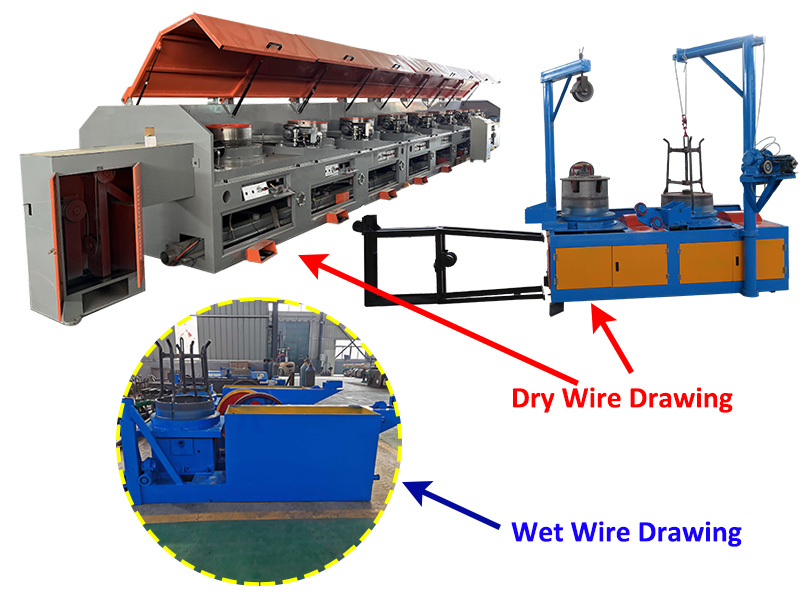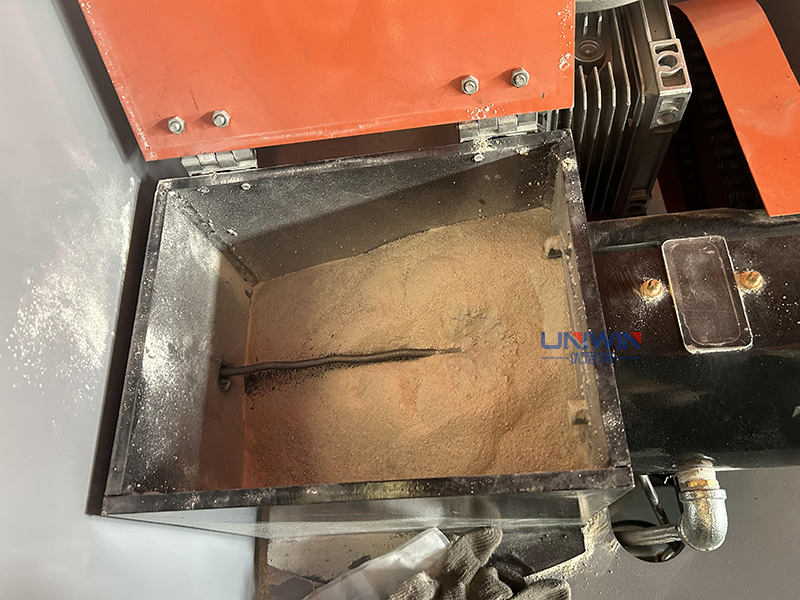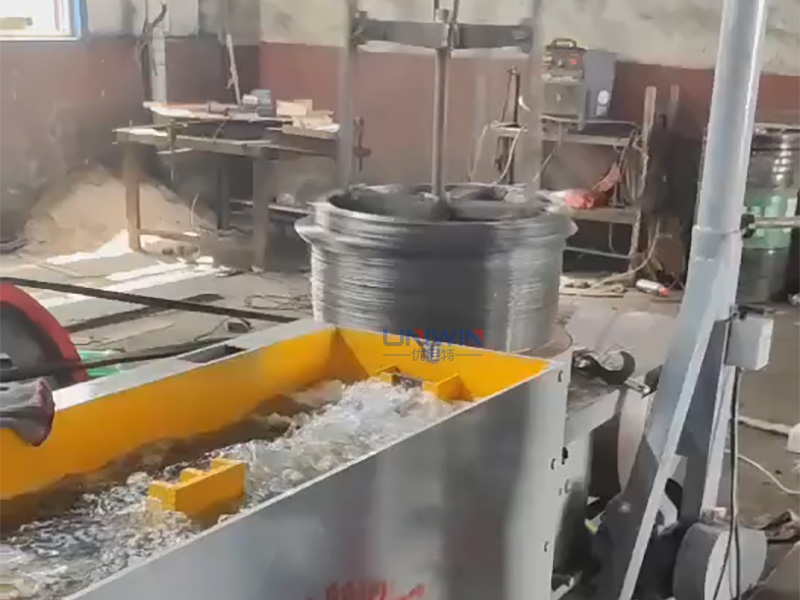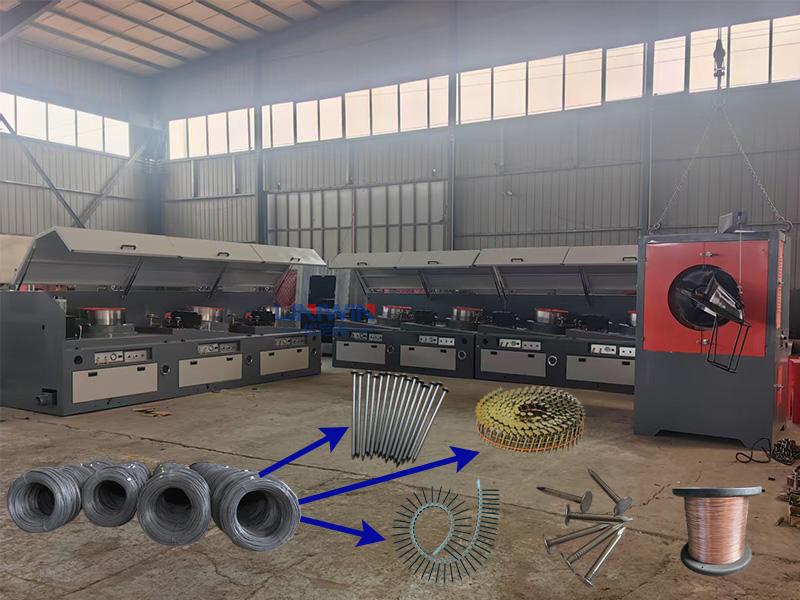What is Wire Drawing?

Wire drawing refers to drawing metal wire through a series of wire drawing dies to gradually reduce its diameter, lengthen it, and improve the material strength and surface condition. This drawing process is a key pre-processing process for products such as nails, welding wires, fasteners, and cable cores.
At present, there are two main wire drawing methods commonly used in industry: dry drawing and wet drawing.
What is Dry Wire Drawing?

Dry wire drawing is a process that uses powdered lubricants (such as lime or soap powder) to reduce friction between the wire and the drawing die during drawing. This method is particularly suitable for high-carbon steel wire, large-diameter wire, and applications requiring heavy-duty processing.
Common Dry Type Wire Drawing Equipment Models include: Uniwin Pulley Type Wire Drawing Machine, Straight-Line Wire Drawing Machine, Inverted Vertical Wire Drawing Machine, Multi-Drum Wire Drawing Machine
What is Wet Wire Drawing?

Wet wire drawing is a process where the wire and the drawing die are completely immersed in a liquid lubricant, typically a mixture of oil and water-based emulsion. This method provides excellent lubrication and cooling during drawing, suitable for producing wire with high surface finish and tight dimensional tolerances, such as low carbon steel wire, copper wire, and cable conductors.
The Commonly Used Wet-Type Drawing Machine: Uniwin Water Tank Wire Drawing Machine.
Dry VS Wet Wire Drawing: Key Comparison
| Project | Dry Wire Drawing | Wet Wire Drawing |
|---|---|---|
| Lubrication Method | Dry Lubricants | Liquid Lubricants |
| Applicable Wire Types | Large Diameter Low Carbon, High Carbon Steel Wire | Low Carbon Steel, Copper Wire, Cable Wire |
| Surface Finish | Ordinary Wire Surface | High Brightness, Smooth Surface |
| Heat Dissipation | Slow Heat Dissipation | Fast Heat Dissipation |
| Common Applications | Wire Nails, Welding Wire… | Welding Wire, Cable Wire… |
How Should You Choose?
When choosing a wire drawing method, you need to consider the following aspects:
- What material do you use? High carbon or low carbon? Thick wire or thin wire?
- How high is the requirement for the surface quality of the wire? Is it for export?
- Is the output demand large? Is there a demand for high-speed wire drawing?
For example:
If you produce steel wire for nails, dry wire drawing can fully meet the demand.
If you want to draw a thin wire for welding wire or cable, it is recommended to choose wet wire drawing.
Dry or Wet Drawing? Uniwin Helps You Decide

Both dry and wet wire drawing have their strengths. It’s not about which one is better, but about choosing the process that fits your production needs.
At Uniwin, we offer:
- Dry type wire drawing machines – ideal for nail wire, iron wire, and construction-grade materials
- Wet-type water tank drawing machines – perfect for precision wire and export-quality products
- Fully customized wire drawing line solutions, including tension control, lubrication systems, wire take-up units, and more
Contact us today for your wire drawing line solutions, machine specifications, and pricing!
